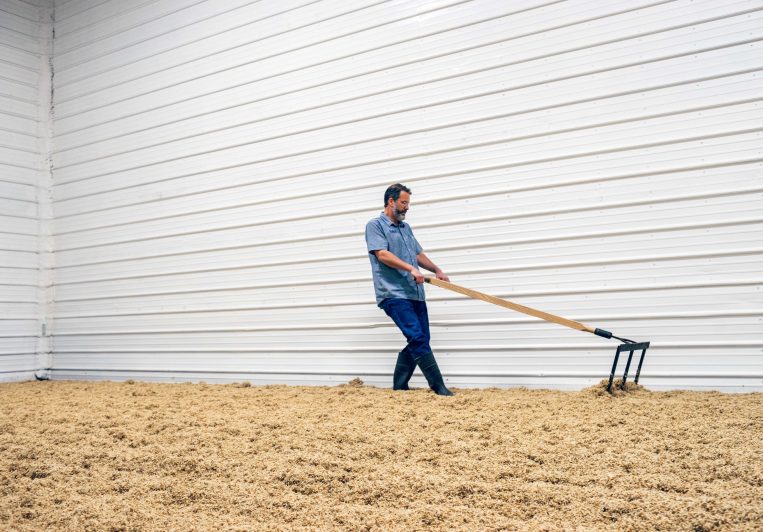[vc_row][vc_column][vc_column_text]
SAMPLE ARTICLE
Single malt whiskey might be the most popular whiskey outside of the US.
If you’re a scotch drinker, you’re a single malt whiskey drinker.
It might also be the most versatile whiskey out there. Or a better word for this subcategory’s current state: volatile.
Whereas Scotland has a decent set of legalities in place for what single malt scotch whisky has to be, the US does not. In an attempt to reign in a style of whiskey that is already so varied even by Scotland’s legal standards, single malt makers within the US are pushing to change the law to reflect something very similar to our bourbon-barrel pillagers across the pond (The majority of scotch whisky is aged in ex-bourbon barrels).
First Set of Whiskey Laws
Vivamus et risus in purus consequat interdum. Nam hendrerit euismod quam imperdiet maximus. Duis id eros eu lectus tempor interdum. Duis nec commodo enim. Proin lobortis sapien vitae eleifend tincidunt.
Second Set of Whiskey Laws
Vivamus et risus in purus consequat interdum. Nam hendrerit euismod quam imperdiet maximus. Duis id eros eu lectus tempor interdum. Duis nec commodo enim. Proin lobortis sapien vitae eleifend tincidunt.
Third Set of Whiskey Laws
Vivamus et risus in purus consequat interdum. Nam hendrerit euismod quam imperdiet maximus. Duis id eros eu lectus tempor interdum. Duis nec commodo enim. Proin lobortis sapien vitae eleifend tincidunt.
Fourth Set of Whiskey Laws
Vivamus et risus in purus consequat interdum. Nam hendrerit euismod quam imperdiet maximus. Duis id eros eu lectus tempor interdum. Duis nec commodo enim. Proin lobortis sapien vitae eleifend tincidunt.
Fifth Set of Whiskey Laws
Vivamus et risus in purus consequat interdum. Nam hendrerit euismod quam imperdiet maximus. Duis id eros eu lectus tempor interdum. Duis nec commodo enim. Proin lobortis sapien vitae eleifend tincidunt.
Single malt whiskies start with soft qualities: vanilla, nutmeg, cereal. This softer side allows them to pick up a lot more character with how the distillers choose to craft them. They can stand out for qualities of wood, smoke, fruit and even surprisingly vegetable and salt.
A refined scotch palate can often discern which region of Scotland a particular scotch comes from by which of the various qualities are present. But don’t be misled; it’s not so much the terroir of the region that imparts the qualities, but the traditions of those distillers in their regions.
In the United States, there’s very little in the way of distillers beholden to tradition. The path is wide open. And there’s no fear of widening it further.[/vc_column_text][/vc_column][/vc_row][vc_row][vc_column][ess_grid alias=”single-malt”][/vc_column][/vc_row]
